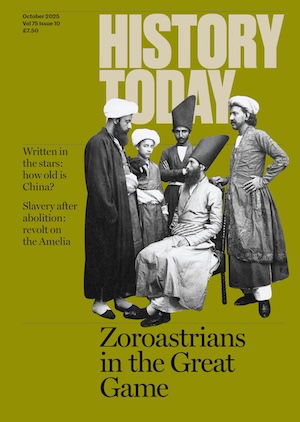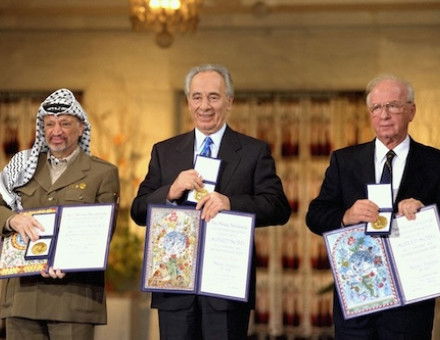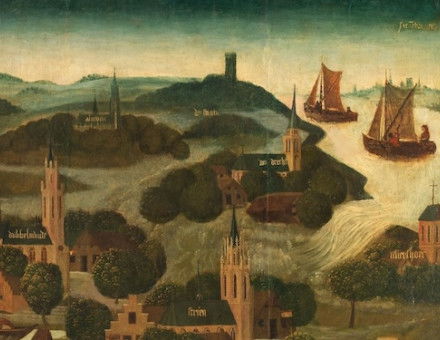Madrid: City of The Enlightenment
Charles C. Noel illustrates how the remodelling of the Spanish capital reflected the new philosophical and cultural concerns of her rulers in the 'Age of Reason'.
In 1785 Tomas Lopez, Royal Geographer to King Charles III and Spain's foremost cartographer, published his Piano Geometrico de Madrid. It was a particularly fine map of the Spanish capital and a typical product of later eighteenth-century enlightened European thought: elegant and accurate, at once both stylish and scientific.
Only in its optimism did it mislead its users, for Lopez drew onto it buildings which were as yet unfinished or still being planned. His map embodied the achievement of surveyors, architects and geographers who during the 1750s and 1760s had carefully studied Madrid's topography, mapped its 506 streets and squares, and enumerated its 7,500 houses, monasteries, hospitals and other dwellings.





